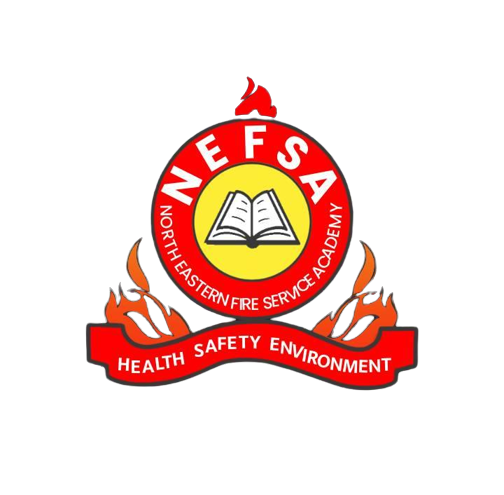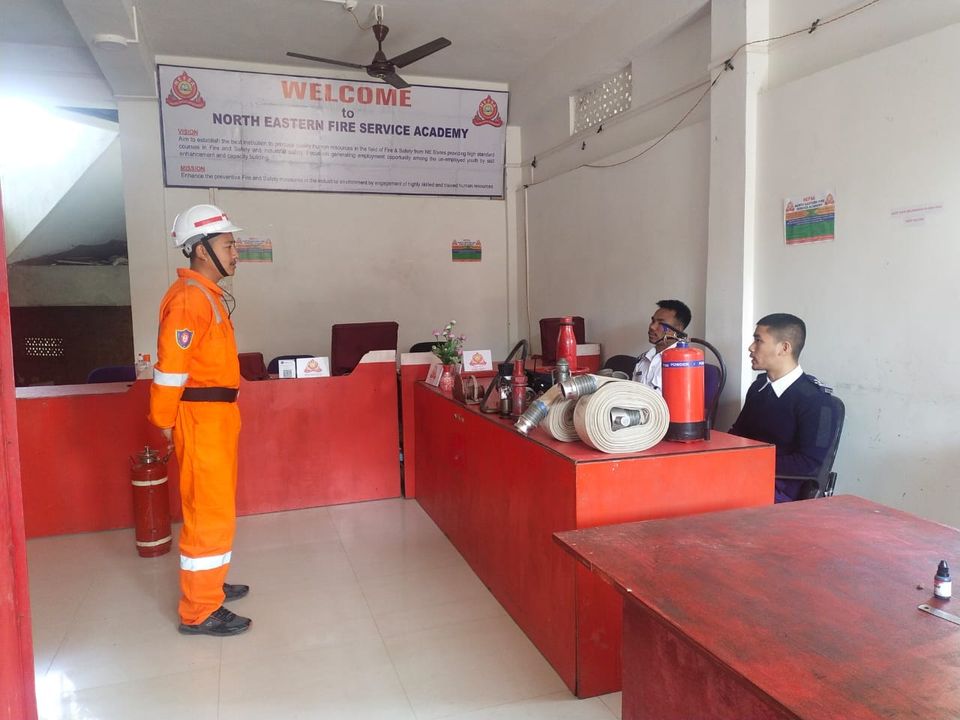Not all fires are the same — and neither are fire extinguishers. Using the correct type of extinguisher can save lives, protect property, and prevent a minor incident from becoming a major disaster. In this guide, NEFSA Fire Academy breaks down the types of fire extinguishers, their specific uses, and why proper training is essential for fire safety.
Why Fire Extinguishers Are Classified
Fires are categorized by the materials that fuel them. Each category requires a specific type of fire extinguisher for effective and safe extinguishing. Using the wrong extinguisher may not only be ineffective—it could make the fire worse.
Types of Fire Extinguishers and Their Uses
Class A: Ordinary Combustibles
Used For: Fires involving paper, wood, cloth, rubber, and plastics
Extinguisher Type: Water, foam, or dry chemical extinguishers
Common Locations: Homes, schools, offices
Class B: Flammable Liquids
Used For: Fires caused by petrol, oil, diesel, paint, and solvents
Extinguisher Type: Foam, carbon dioxide (CO₂), or dry chemical extinguishers
Common Locations: Fuel stations, workshops, warehouses
Class C: Electrical Fires
Used For: Fires involving live electrical equipment and wiring
Extinguisher Type: CO₂ or dry chemical extinguishers
Common Locations: Offices, server rooms, homes
Class D: Combustible Metals
Used For: Fires involving metals like magnesium, aluminum, and titanium
Extinguisher Type: Special-purpose dry powder extinguishers
Common Locations: Laboratories, factories, metalworking facilities
Class K: Cooking Oils and Fats
Used For: Fires involving vegetable oils, animal fats, and grease
Extinguisher Type: Wet chemical extinguishers
Common Locations: Commercial kitchens, restaurants, home kitchens
Importance of Fire Extinguisher Training
Owning a fire extinguisher is only effective if you know how to use it. That’s why NEFSA Fire Academy emphasizes hands-on fire safety training, including:
-
Understanding fire classes and selecting the right extinguisher
-
Learning the PASS method (Pull, Aim, Squeeze, Sweep)
-
Real-world simulation training
-
Emergency response protocols for home and workplace safety
Proper training can mean the difference between a controlled incident and a life-threatening emergency.
Enroll at NEFSA Fire Academy
At NEFSA Fire Academy, we offer industry-standard fire and safety training programs designed for students, professionals, and businesses. Whether you’re enhancing workplace safety or pursuing a career in fire and industrial safety, our courses provide the practical skills and certifications you need.
Be prepared. Be trained. Be safe.
Enroll today and take the first step toward a safer future.
To join our academy click :- https://nefsaindia.com/
For Previous blog:- Click here







